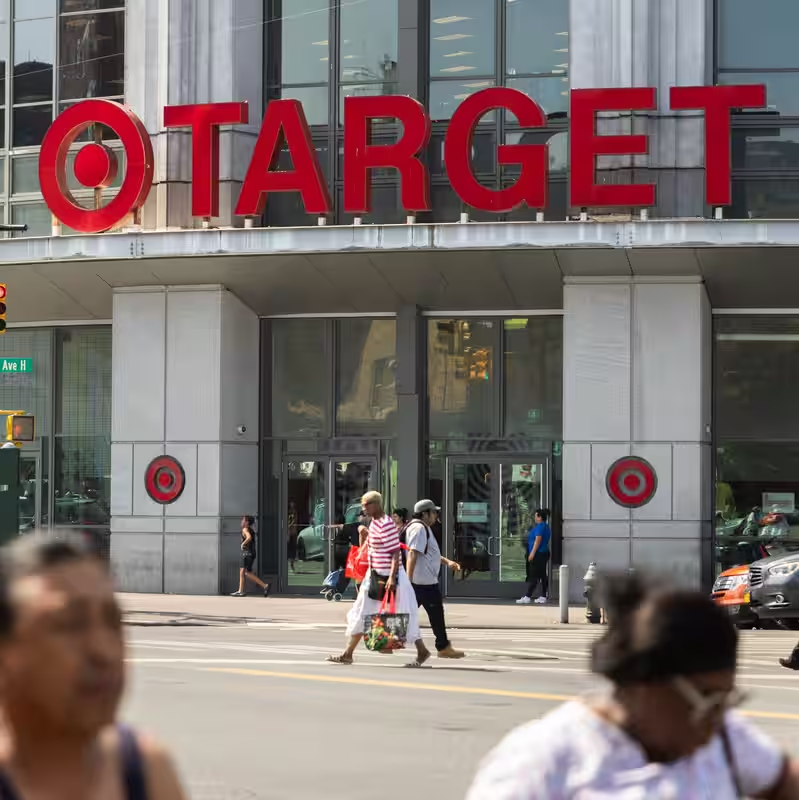Table of Contents
- Target Announces Sweeping Corporate Cuts
- Incoming CEO’s Efficiency Blueprint
- Who’s Affected and What’s Next
- Broader Shifts in Retail Leadership
- Employee and Union Reactions
- Sources
Target Announces Sweeping Corporate Cuts
Target is cutting 1,800 corporate jobs—roughly 20% of its headquarters workforce—as part of a major efficiency overhaul. The move, confirmed in an internal memo this week, comes just months before the company’s new CEO, Gregg Steinhafel’s successor, officially takes the reins in February 2026.
The retail giant cited “too many layers and overlapping work” as the core reason behind the restructuring. While store-level employees are not directly impacted, the layoffs signal a significant shift in how Target plans to operate in an increasingly competitive and margin-squeezed retail landscape.
Incoming CEO’s Efficiency Blueprint
The incoming chief executive, whose name has not yet been publicly confirmed but is widely reported to be internal candidate Michael Fiddelke, outlined a leaner, faster decision-making structure in a company-wide memo obtained by The New York Times.
“We have too many layers, too much duplication, and too slow a pace,” the memo read. “To serve our guests and win in today’s market, we must simplify.”
Target’s leadership aims to flatten its corporate hierarchy, eliminate redundant roles across merchandising, supply chain, and marketing divisions, and accelerate product development cycles. The changes are expected to save the company an estimated $250 million annually starting in fiscal 2027.
Key Areas Targeted for Streamlining
- Merchandising & Product Development: Consolidation of category teams to reduce approval bottlenecks.
- Technology & Digital: Merging overlapping IT and e-commerce units under a unified tech strategy.
- Corporate Support Functions: HR, finance, and legal teams to adopt shared-service models.
Who’s Affected and What’s Next
The 1,800 job cuts will primarily impact employees at Target’s Minneapolis headquarters and regional corporate offices. Affected workers will receive severance packages, outplacement support, and extended healthcare benefits, according to internal communications.
Importantly, Target emphasized that no store closures are planned as part of this initiative. In fact, the company intends to reinvest a portion of the savings into store experience upgrades and same-day fulfillment capabilities like Drive Up and Order Pickup.
Broader Shifts in Retail Leadership
Target isn’t alone. Major retailers like Walmart, Best Buy, and Kohl’s have all launched similar corporate streamlining efforts in 2024–2025 amid slowing consumer spending and rising operational costs.
| Retailer | Year | Corporate Cuts | Stated Reason |
|---|---|---|---|
| Walmart | 2024 | ~1,000 roles | “Simplify org structure” |
| Best Buy | 2025 | ~500 roles | “Improve speed to market” |
| Target | 2025 | 1,800 roles | “Too many layers, overlapping work” |
Employee and Union Reactions
While Target is non-union at the corporate level, employee sentiment on internal forums has been mixed. Some praise the need for modernization; others express concern about morale and increased workloads for remaining staff.
“It’s hard to celebrate ‘efficiency’ when your friend of ten years just got laid off,” wrote one anonymous employee on Blind, a workplace review platform.
Labor advocates note that while store workers aren’t losing jobs now, corporate downsizing often precedes broader operational changes that can indirectly affect frontline roles over time.




